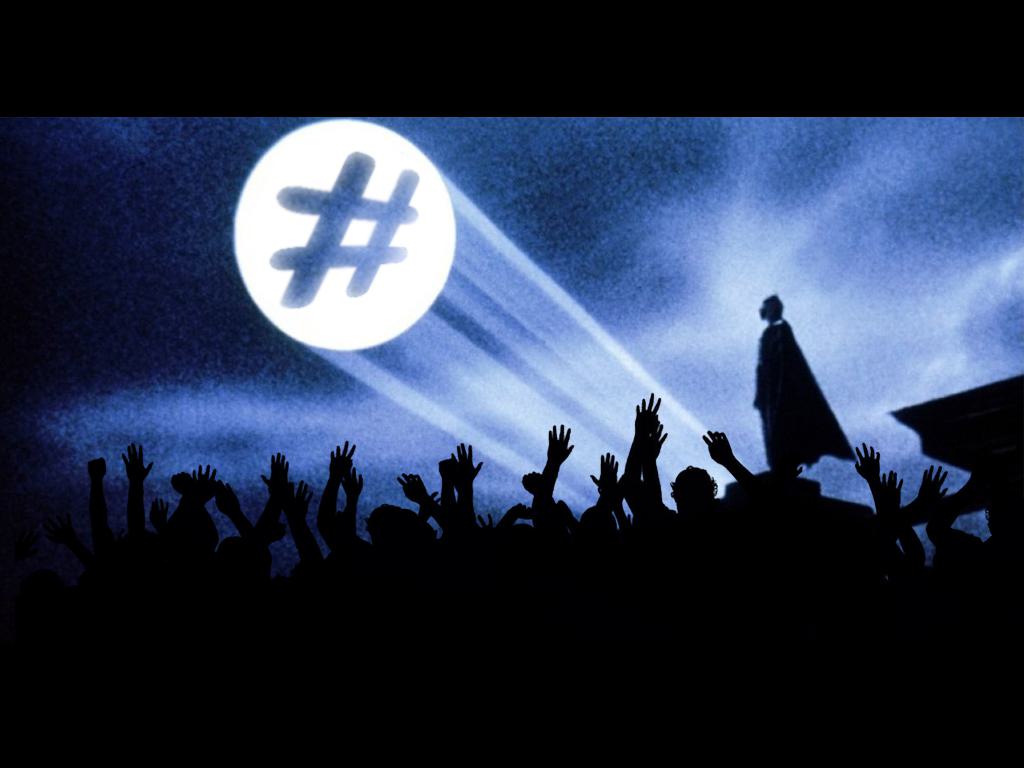The hashtag — I wish I’d thought of that
It used to be a neglected symbol on our keyboards, one we didn’t bother with much and consequently couldn’t find very easily even if we did. But today fundraisers should certainly be using the hashtag. It’s one of the most simple ways to connect people to a cause – and it’s next to the enter key in case you are still looking…
- Written by
- Alfredo Botti
- Added
- April 04, 2016

I truly believe each of us has an opportunity to change the world. This belief means I identify myself as an activist, a volunteer and, of course, a donor too. I embrace these roles because I want to be a good citizen. And the causes I choose to support are just that – my choice.
Until the fairly recent past, someone like me would have chosen a charity based on my own experiences, interests, or perhaps what was going on around the world. That charity then might have received my donation, accepted it with thanks and got on with the job of doing their work – whatever that might be.
Then, once we well and truly entered the digital era, organisations added petitions, virtual marches and numerous other means to encourage supporters like me to engage with the cause and show our support in non-financial ways.
In doing so, they’ve given us many more opportunities to be that person we aspire to become – a good citizen of the world.
Yet even more recently, supporters have found they actually have the power to organise themselves as agents for change, without the need of a charity or any pre-existing organisation of any kind. Facebook, Twitter, or YouTube give us as the public more than enough to launch and position a movement of our own.
But these platforms are just the tip of the iceberg. As the way we use social media and the internet has changed, so have the ways we can show our support, voice our opinions and get our messages to like-minded people. And it’s this that brings me to the idea I wish I’d thought of myself.
The hashtag.
A brilliant little symbol with the power to help connect people to a cause that matters to them. It works because it harnesses simplicity – a key element of any successful campaign.
Here’s how:
1) It’s a simple a call to action.
The hashtag is more than just an ordinary hyperlink, it is a ‘click here’ appeal. When you use the hashtag it allows you, whatever you do and wherever you are, to create your own call to action.
2) It’s a simple way to empower people and help them to empower themselves.
Whether it is #blacklivesmatter, #jesuischarlie, or even a local campaign we have never heard of, the hashtag means people are attracting others to their cause rather than relying on an organisation to attract those same people themselves. Each hashtag carries a story, a cause, a message and a call to action – and most importantly has the ability to create a direct connection between everyone that uses it.
The simplicity of the hashtag capitalises on our inherent, powerful desire to participate in civil society – and that alone is inspiring for fundraisers, campaigners and marketers alike. But its simplicity also means that effectively one person has the power to start a movement of his, or her, own.
Of course, if organisations don´t embrace and support initiatives that are triggered by the people themselves – they risk missing valuable opportunities to connect with new and existing supporters. The hashtag shouldn’t feel like a threat to existing or ‘traditional’ NGOs, but rather it should be a new opportunity for engagement such as #aidtorefugees, #icebucketchallenge, or #sharethemeal.
In fact, as you can see in the few examples I’ve listed above, there are plenty of initiatives (even movements) that have been created by the public and many that have been started by established organisations too. The common thread between them (on top of their brilliant proposition) is that all it took to get started was a hashtag symbol and a few short words to tell their story.
Information will always be key but the single most powerful and decisive factor that can help us change the world is connecting with one another – so we can act as a group. It’s exactly what the hashtag does so well, turning togetherness into a slightly easier thing to achieve. And that’s why I wish I’d thought of it myself!
This idea was presented during SOFII’s IWITOT session at the International Fundraising Congress in October 2015.
















